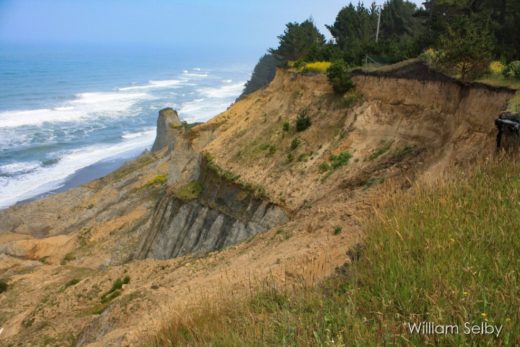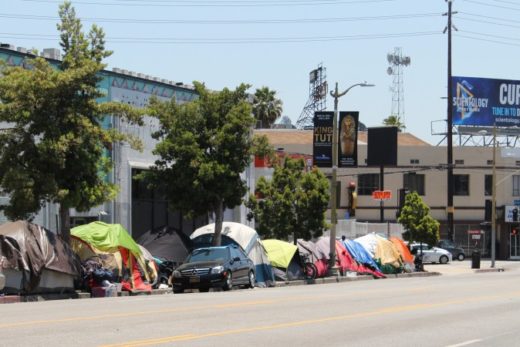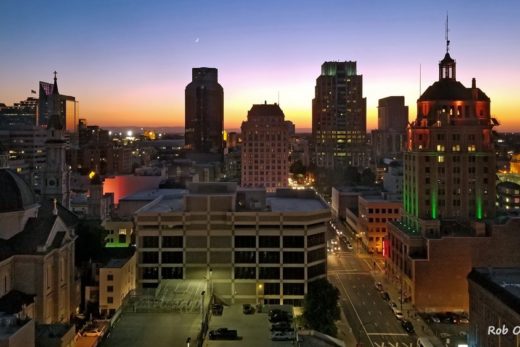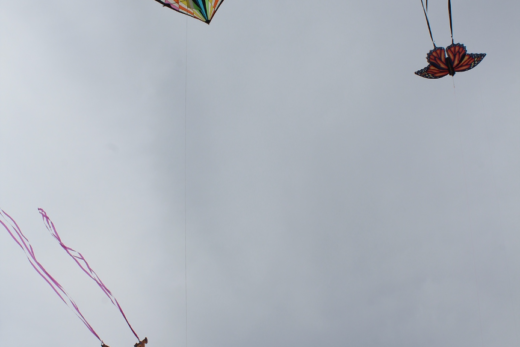Staying with our original tour, tunnels allow us to drive under Bunker Hill and the CBD.
Continue on 2nd Street to San Pedro Street.
You will pass St. Vibiana’s (214 S. Main St.), downtown L.A.’s former Roman Catholic cathedral and parish. Wrecking crews threatened this historic building after it suffered damage from the 1994 Northridge earthquake, until conservationists fought to save it. The Cathedral of Our Lady of the Angels, built across from the Music Center, with its fort-like facade, replaced it by 2002. As of 2019, this historic landmark at 2nd and Main known as Vibiana was home to performing arts, weddings, and other events. Continue on 2nd Street.
Stop #10: Little Tokyo (2nd Street and San Pedro Street):
Though many Japanese families still live in traditional ethnic enclaves such as Culver City, and you might find a hipster crowd searching through Japanese restaurants and stores along busy Sawtell in West L.A., this is the designated Little Tokyo of southern California. This business district not only draws people with Japanese ancestry from throughout the region, but it also attracts tourists and other visitors searching for Japanese cultures, food, and entertainment. Southern California’s history and landscapes have been influenced by Japanese people who once produced many of our agricultural and fish products, suffered through WWII internment, and then reemerged to successfully reestablish their positive footprints that helped build this conurbation.

After wandering up diagonal Ellison S. Onizuka Street (named after the late Japanese American astronaut), with its views of City Hall in the distance, go back southeast down 2nd Street and enter the outdoor Japanese Village Plaza Mall that extends to 1st Street. Look for the shop that demonstrates the simple process used to make scrumptious bean cakes.

Little Tokyo was established around 1908 after chain migrations from the 1906 San Francisco earthquake brought more people to grow this relatively new ethnic enclave. By 1942 and throughout WWII, the U.S. military forcibly incarcerated about 30,000 Japanese people from this area to remote internment camps (such as California’s Manzanar and Tule Lake). Other ethnic groups filled the void in this devastated neighborhood. Some returned after the war, but those interments and later migrations further scattered Japanese families throughout California and the U.S. By the mid-1900s, redevelopment projects such as Tokyo Villa condos were designed and built to counter the migration of wealth out to the suburbs that had left these neighborhoods in disrepair. By 2020, the percentage of people with Japanese ancestry living in an otherwise burgeoning L.A. had been decreasing for decades. The numbers had also gradually decreased to just below 100,000 in L.A. County and around 250,000 in southern California.

Meanwhile, landmarks have been established in Little Tokyo that often celebrated Japanese history and traditions here. They include the Japanese American National Museum and Japanese American Cultural and Community Center, the bell tower, the century-old Japanese Union Church, Buddhist temples such as 110-year-old-plus Nishi Hongwanji and Hagashi Honganji, Japanese restaurants, hotels, and other businesses, and various embedded Japanese gardens that you might want to explore.












